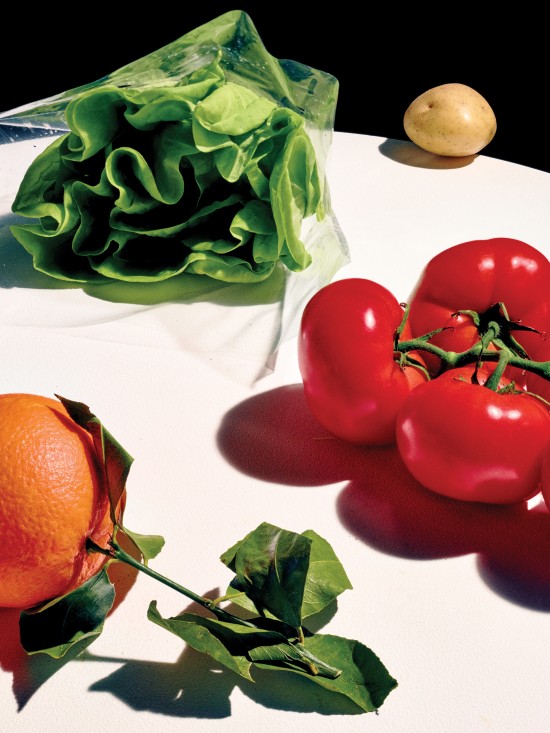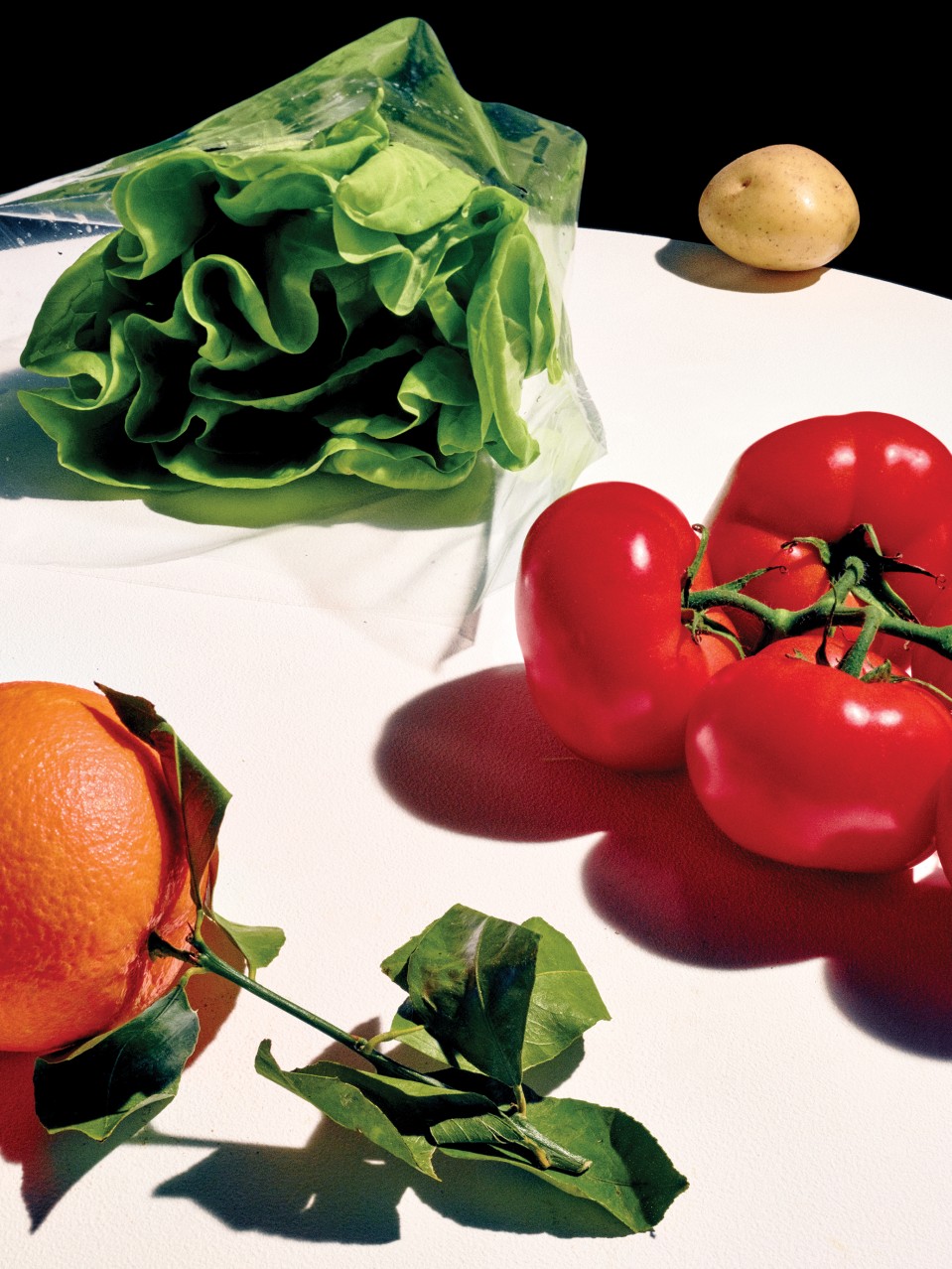Sustainable Energy
10 Breakthrough Technologies 2016: Precise Gene Editing in Plants
CRISPR offers an easy, exact way to alter genes to create traits such as disease resistance and drought tolerance.



A new gene-editing method is providing a precise way to modify crops in hopes of making them yield more food and resist drought and disease more effectively. Research in the past year has shown that the resulting plants have no traces of foreign DNA, making it possible that they will not fall under existing regulations governing genetically modified organisms and will sidestep many of the consumer concerns over these GMOs.
The technology is known as CRISPR (see “10 Breakthrough Technologies 2014: Genome Editing”), and plants modified with it are sprouting in laboratory greenhouses around the world. Already, a lab in China has used it to create a fungus--resistant wheat; several groups in China are using the technique on rice in efforts to boost yields; and a group in the U.K. has used it to tweak a gene in barley that helps govern seed germination, which could aid efforts to produce drought-resistant varieties. Indeed, because it’s so easy to do and the plants could avoid the lengthy and expensive regulatory process associated with GMOs, the method is increasingly being used by research labs, small companies, and public plant breeders unwilling to take on the expense and risks of conventional genetic engineering.
The gene-editing technique could be critical in helping scientists keep up with the constantly evolving microbes that attack crops, says Sophien Kamoun, who leads a research group at the Sainsbury Lab in Norwich, England, that is applying the technology to potatoes, tomatoes, and other crops to fight fungal diseases. “It takes millions of dollars and many years of work to go through the regulatory process,” Kamoun says. “But the pathogens don’t sit and wait for you; they keep evolving and changing.”
A version of CRISPR he co-developed paved the way for recent work on barley and a broccoli-like plant at the John Innes Centre, a plant science research center also in Norwich. Kamoun and colleagues showed that the second generation of some of the edited plants contain none of the foreign DNA that had been used to create the first generation. (Though CRISPR doesn’t require inserting foreign genes, it does typically use bits of bacterial genetic material to target the editing.) Meanwhile, a group at Seoul National University has avoided leaving any foreign genetic material even in first-generation plants.
Big and small companies alike are jumping in. DuPont Pioneer has already invested in Caribou Biosciences, the CRISPR startup cofounded by Jennifer Doudna, one of the inventors of the technology, and is using it in experiments on corn, soybeans, wheat, and rice. It hopes to sell seeds bred with CRISPR technology in as little as five years.
The big question is whether CRISPR crops will be governed by the same regulations as GMOs. The U.S. Department of Agriculture has already said some examples of gene-edited corn, potatoes, and soybeans (edited using a different method, known as TALENs) don’t fall under existing regulations. But both the United States and the more restrictive European Union are now conducting reviews of today’s regulations. And Chinese authorities have not said whether they will allow the crops to be planted.